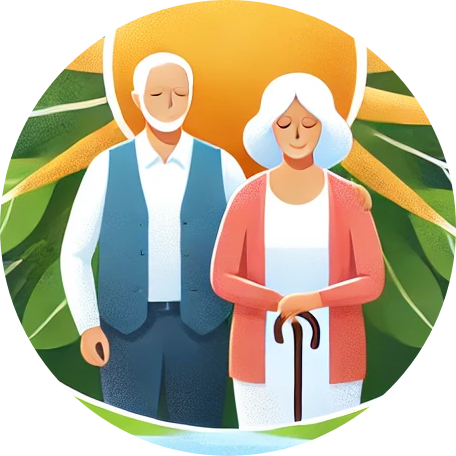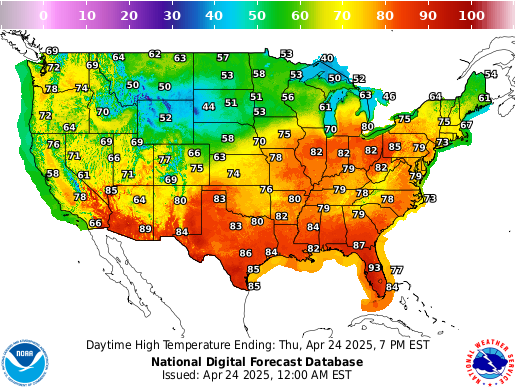
Unveiling the Truth Behind Morning Sluggishness in Seniors
For many older adults, waking up feeling sluggish or stiff has become an unfortunate morning routine. Often attributed to aging, the underlying culprits are inflammation and dehydration. Recent studies have unveiled this surprising connection, suggesting that there are more effective ways to tackle these issues than merely dismissing them as part of the aging process. Understanding how inflammation affects energy levels is pivotal for reclaiming our mornings.
In 'My Energy Changed When I Started Drinking This First,' the discussion dives into the connection between hydration and morning energy levels, exploring key insights that sparked deeper analysis on our end.
Understanding Inflammation and Energy Levels
Aging may bring about various changes in our bodies, but it is essential to recognize that chronic low-grade inflammation is a key factor depleting our vitality. Research from the Stanford School of Medicine reveals that even minor inflammation can diminish mitochondrial output—our cellular engines—by a staggering 30% in older adults. This is akin to applying a wet blanket to a campfire; while it won't douse the flames, it does stifle them, leaving many feeling out of sorts upon waking.
The Role of Hydration and Nutritional Routines
One of the primary reasons for inflammation is inadequate hydration during the night. As you sleep, your body naturally loses fluid, concentrating inflammatory molecules in your bloodstream. A routine that begins with proper hydration can make all the difference. Using a warm drink made from lemon and turmeric as a first-thing-in-the-morning ritual can help flush toxins, rehydrate the bloodstream, and reactivate cellular repair signals. It's not merely a trend; it's a scientifically-backed approach to enhancing your well-being.
The Morning Ritual: Lemon-Turmeric Water
Incorporating warm lemon-turmeric water into your morning routine can set a positive tone for your day. The individual components serve unique and beneficial roles. For instance, lemon is rich in vitamin C, crucial for the body’s collagen repair processes and reducing inflammatory markers in the body. Turmeric, containing curcumin, offers potent anti-inflammatory properties that can help alleviate morning stiffness and enhance cognitive clarity. When combined, they create a synergy that not only hydrates but also supports overall joint and brain health.
Listen to Your Body: The Importance of Intuitive Care
Reconnecting with our bodies through intentional actions can foster a deeper understanding of our health. Warm lemon-turmeric water offers a gentle invitation for your body to wake up gracefully, easing any disorientation and sluggishness. It helps signal to your body that it’s time to start the day, transforming morning rituals from mundane to meaningful.
Practical Steps for Incorporating this Healthy Habit
To reap the benefits of this powerful morning ritual, try this simple recipe:
1. Heat 8 ounces of water to about 100 to 120° F.
2. Squeeze half a lemon into the warm water.
3. Add a quarter teaspoon of turmeric powder (optional: a pinch of black pepper for absorption boost).
4. Mix and drink before your first meal or coffee. This will take you less than two minutes and cost little, making it an effortless yet impactful lifestyle change.
A Call to Action: Share Your Experiences
As we embrace healthy aging through nutrition and mindful practices, it’s essential to share our experiences. Have you tried drinking warm lemon-turmeric water first thing? If so, how did it make you feel? Join the conversation! Your insights could inspire others to reclaim their mornings and improve their overall health.
Conclusion: A Simple Path to Revitalization
By starting your day off with intention and care, you are not only paving the way for improved well-being but also challenging the misconceptions surrounding aging. You’re not too late to regain vitality; it’s never too late to start prioritizing your health with small, impactful actions. Next time you awaken, consider reaching for a glass of warm lemon-turmeric water first. Your body will thank you for it.
 Add Element
Add Element  Add Row
Add Row 




Write A Comment